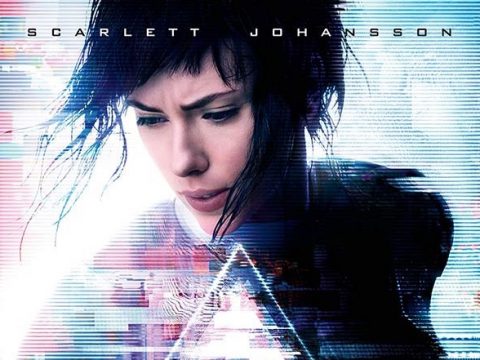The Super Mario Bros. Legacy
by
 Joseph Luster
Joseph Luster
August 17, 2010
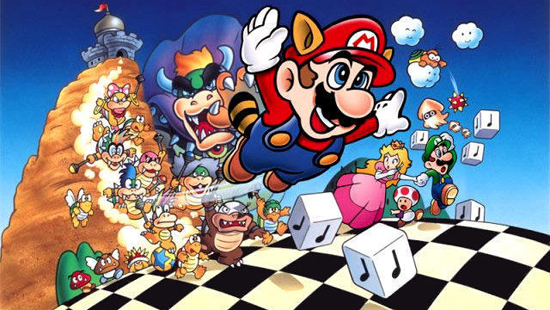
Mario is as synonymous with gaming as, well, there aren’t many other contenders out there aside from the likes of Pac-Man, or maybe Tetris for the sheer “my mom still plays this” factor. Thanks to Shigeru Miyamoto and the fine folks at Nintendo, we’ve come to associate the very basics of interactive entertainment with an overweight plumber who occasionally rides a dinosaur that eats and craps out their mutual enemies. This is their legacy and, as a result, it’s ours as well. But the most incredible thing about the Super Mario series—as evidenced in the most recent proper entry, Super Mario Galaxy 2 (check our latest issue for the review)—is the standard of quality that’s remained intact since we first hopped on a goomba back in 1985.
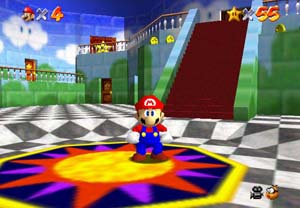
It’s more than a little frightening to me that some of today’s gamers see the original Super Mario Bros. as some tomb-buried relic of a forgotten (mushroom) kingdom. Unlike a lot of the classics, however, these very same youngsters can actually pick it up and manage to have fun with it. The same can’t be said for some of the other games from the Nintendo era, and that’s because the simple yet challenging style of platforming has remained a solid and reliable standard upon which countless other franchises have been built.
By now almost everyone knows the tale of how the US version of Super Mario Bros. 2 came to be. In brief, Nintendo released a sequel in Japan that was very close to the original in style, only with way more challenging new stages. While we eventually got a taste of that in the form of The Lost Levels, our Super Mario Bros. 2 was actually a repurposed version of Yume Kojo: Doki Doki Panic, a platformer that acted as promotion for a Fuji TV event. It’s little things like this that give the Western Mario experience its own unique flavor. After all, where would Mario’s lore be today without enemies like Shyguys, who still make appearances in the occasional spin-off? Admittedly, I still long for the day Wart may replace Bowser as badguy du jour.
It’s not exactly unheard of for Nintendo sequels to be departures from the original, but it’s a testament to the series’ sturdiness that Mario’s quality wasn’t sacrificed even in the face of such drastic change. Of course, that may be arguable, as some out there aren’t quite as favorable toward Super Mario Bros. 2. Much like Zelda II: The Adventure of Link, Mario 2 can be divisive at times, but the fun is there, and it holds up amazingly well.
One of the reasons Mario and his pals still experience a comparable, if not drastically increased level of quality today is thanks to the fact that much of the creative presence remains intact. Beyond the ever-looming overseer that is creator Shigeru Miyamoto, even the music still gets the touch from those magic fingers that made one of the most infectious melodies of all time. Koji Kondo—without a doubt Nintendo’s most well known composer and a bonafide national treasure—somehow still manages to craft truly incredible music.
We might not be talking about Mario in this way today if the transition from 2D to 3D hadn’t been such a graceful one. When Super Mario 64 came out in 1996, it essentially accomplished for the next generation what Super Mario Bros. did the side-scrolling era over a decade prior. Competitors were quick to mimic Nintendo’s crack at platforming in 3D, from the hub-world setup to the countless scattered collectables that would become a joy for some and a bane to others. This is still pretty much the de facto standard for the genre, with each following iteration of Mario building on it in a unique way.
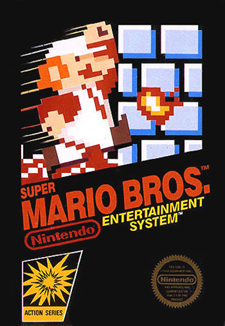
It hasn’t all been sunshine and spinning stars, though. Fact of the matter is the brothers have survived more outright disasters than most war-torn countries. There aren’t many other series out there, long running or not, that could make it after ten ton bombs like the 1993 Super Mario Bros. movie—about which so many jokes can and have been made that it’s pointless to try and create new ones—or even the occasional bad spin-off game (I’m looking at you, Super Nintendo and PC).
They soldier on because, no matter how many marketing missteps have occurred, and no matter how disgusting their cereal actually tasted, Nintendo never lost sight of what remains most crucial to the series. With the focus locked on innovative and fresh ways to simply be fun while building genuine challenges anyone can eventually overcome, it’s no wonder Mario still manages to delight even the most hardened of veterans.
Share This Post

 It’s more than a little frightening to me that some of today’s gamers see the original Super Mario Bros. as some tomb-buried relic of a forgotten (mushroom) kingdom. Unlike a lot of the classics, however, these very same youngsters can actually pick it up and manage to have fun with it. The same can’t be said for some of the other games from the Nintendo era, and that’s because the simple yet challenging style of platforming has remained a solid and reliable standard upon which countless other franchises have been built.
It’s more than a little frightening to me that some of today’s gamers see the original Super Mario Bros. as some tomb-buried relic of a forgotten (mushroom) kingdom. Unlike a lot of the classics, however, these very same youngsters can actually pick it up and manage to have fun with it. The same can’t be said for some of the other games from the Nintendo era, and that’s because the simple yet challenging style of platforming has remained a solid and reliable standard upon which countless other franchises have been built. 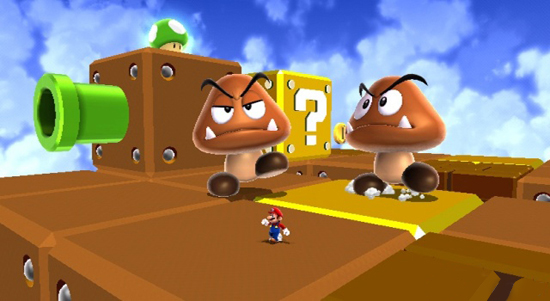
 It hasn’t all been sunshine and spinning stars, though. Fact of the matter is the brothers have survived more outright disasters than most war-torn countries. There aren’t many other series out there, long running or not, that could make it after ten ton bombs like the 1993 Super Mario Bros. movie—about which so many jokes can and have been made that it’s pointless to try and create new ones—or even the occasional bad spin-off game (I’m looking at you, Super Nintendo and PC).
It hasn’t all been sunshine and spinning stars, though. Fact of the matter is the brothers have survived more outright disasters than most war-torn countries. There aren’t many other series out there, long running or not, that could make it after ten ton bombs like the 1993 Super Mario Bros. movie—about which so many jokes can and have been made that it’s pointless to try and create new ones—or even the occasional bad spin-off game (I’m looking at you, Super Nintendo and PC).

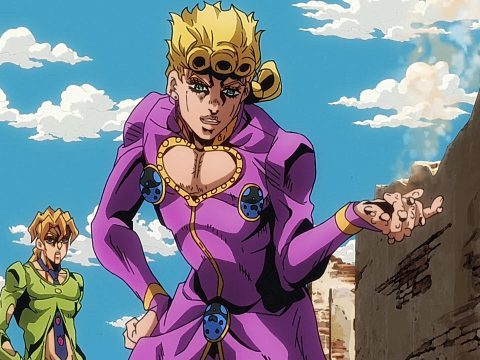
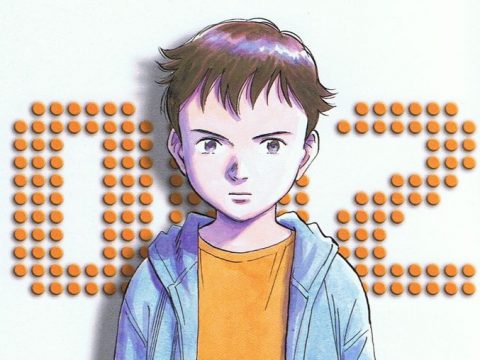
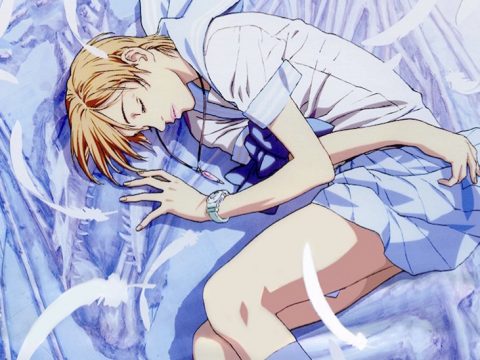
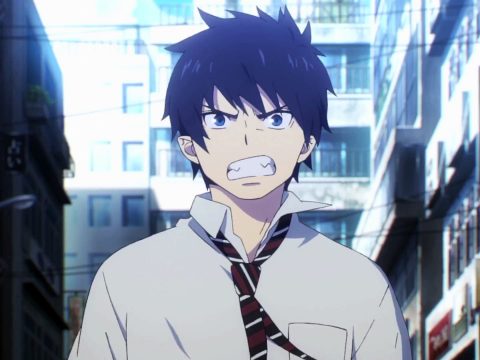
![[Review] Ghost in the Shell Deluxe Edition Manga [Review] Ghost in the Shell Deluxe Edition Manga](https://otakuusamagazine.com/wp-content/uploads/2017/08/gitsdeluxeheader-480x360.jpg)
